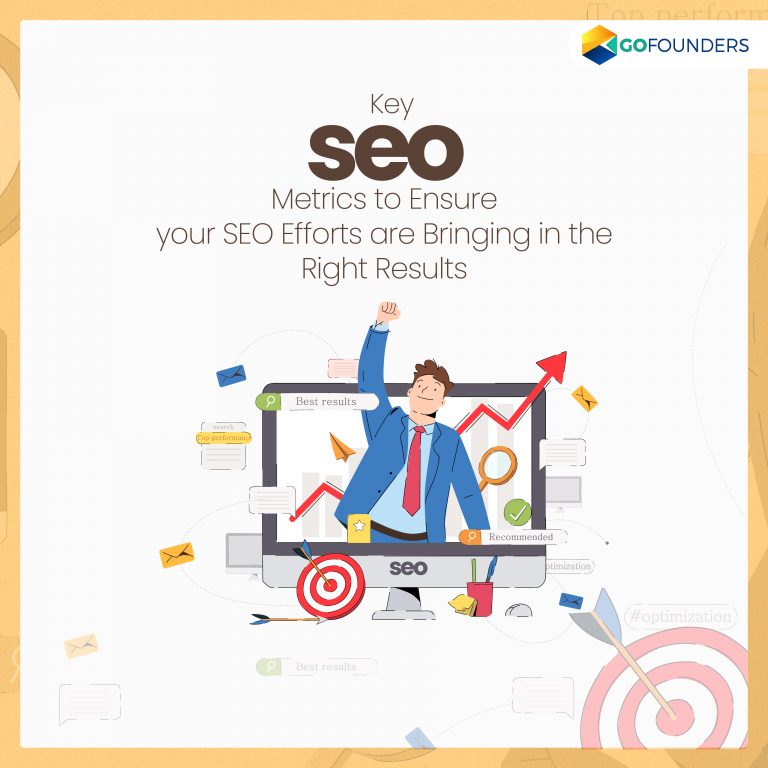
Digital marketing strategy has the upper hand when it comes to measuring or tracking the progress of each part of your strategy over traditional offline marketing.
While there is the availability of massive data, deciding which SEO metrics to work on is the real concern.
As you track the right metrics, you will get the correct picture of your performance. Thereby, you can consistently improve your strategy and rise in rankings to drive high ROI.
There are numerous metrics you can monitor. Nevertheless, you must focus on the right metrics to bring in desired outcomes. This blog will highlight key SEO metrics that you should not miss tracking, notwithstanding what your business is about.
1.Organic traffic
It is the traffic you generate from the SERPs (search engine results pages). With this metric, you do not have to pay for ad placement.
Your overall traffic can be generated from numerous sources such as direct searches, search engines, social networks etc. However, when you focus on organic traffic, it represents your website’s visibility in search for keywords concerning your business and niche. Thus, if your SEO strategy is functional, the number of visitors you get from search results should steadily increase.
2. Click-through rate (CTR)
The organic click-through rate represents the percentage of people that visit your website after coming across your web pages in the SERPs. Let’s say 1000 viewers find your page listing in the search results, out of which 100 viewers click through to your website, then your CTR for that page will be 10%.
Organic CTR usually displays how well your listing (containing the title, meta description, and URL) intrigues your viewers and how well it manages to grab their attention.
Keeping track of CTR by page help, you find out which content is not bringing in enough click-throughs via SERPs.
3. Exit rate
These are the last pages viewed by your visitors before they exit your website. Your exit pages are the pages that make viewers lose interest. The content on these pages often needs to alter or modify. Thus, tracking your top exit pages becomes crucial.
However, you must work towards reducing the exit rate on your pages. You can do so by:
*Assuring your content structure and page layout is easy to comprehend.
*Including direct internal links and CTA to help visitors easily navigate to other related content and pages.
*Adding quality content that includes visuals to engage the viewers.
4. Pages per session
An essential on-site user engagement metric, pages per session, represents the number of pages people visit on average before they leave your site. With higher pages per session, you can safely conclude that viewers are visiting multiple pages and hanging on for longer.
Alternatively, if this metric is low, it shows that your content is not engaging enough for viewers to check other pages. Also, it might be because your site navigation is not user-friendly.
5. Average page load time
The page load time of your site is a crucial SEO ranking factor (for both mobile and desktop) as it contributes significantly to your rankings and user experience.
The average page load time is the time required to display the complete content on a page.
As page load time ranges from 1s to 3s, the possibility of bounce increases by 32%. On the other hand, as it goes from 1s to 10s, the possibility of bounce increases by 123%.
Summary
This blog has explained some of the key SEO metrics that you must consider tracking. There are multiple free and affordable tools available that make your job easy. Google Analytics are among some of the free tools that help you get comprehensive information about your website’s performance. Thereby, you can ensure if your SEO strategies are leading the right results.
Thus, get started with tracking these metrics and get ahead making continual improvements.


